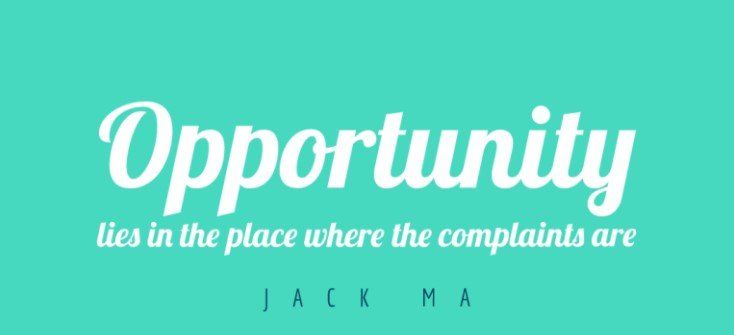Staying Compliant with Passive Income while on SSDI

- Wages or salary from a job
- Bonuses and tips
- Net profit from self-employment (when you actively manage or work in the business)
- Dividends and interest
- Rental income (if you're not actively managing)
- Royalties
- Affiliate commissions (if you set it and forget it)
- Passive dropshipping income (if automated)
- Digital product sales (if minimal involvement)
- Etsy digital downloads
- Affiliate links
- Dropshipping (with a team or automated)
- Online course sales
- Dividend investing
- Keep good records showing limited involvement (e.g., hired help, automation tools).
- Structuring your business to stay passive
- Writing a letter to document your business model for SSA
- Tracking tools to help show minimal involvement
- You're not actively working more than a few hours a week
- You're not running daily operations
- You’re not earning a salary or taking wages from the business
- Use print-on-demand, dropshipping suppliers (no inventory)
- Auto-fulfill orders with platforms like Shopify + DSers or Printful
- Hire a VA (virtual assistant) for support, marketing, and customer service
- Form an LLC or single-member LLC
- Do not pay yourself a salary or hourly wage
- Take profit as passive business income (Schedule C on taxes)
- Don’t respond to customer emails personally
- Avoid managing day-to-day marketing (delegate or use automation)
- Don’t post or manage ads yourself long-term
- 📌 Activity Log
- Keep a log showing how little time you spend on the business
- Example: “Check-in 1x per week for 15 minutes.”
- Log your monthly profit and source:
- Ad income, product sales, affiliate sales, etc.
- Mark what’s passive (e.g., auto-fulfilled orders)
This is the key to staying compliant while still receiving money from your passive business.
Here’s how it works:
💡 You Can Still Get Money — As Owner’s Draw (Not Salary)
If you don’t pay yourself a salary or hourly wage, you can still take money from the business in a way that doesn’t count as “earned income” for SSDI.
✅ Use an Owner’s Draw or Profit Withdrawal
As a sole proprietor or single-member LLC, you are allowed to take money from your business profits.
This is not considered earned income by the SSA as long as you're not materially working in the business.
📌 Example:
- Let’s say your dropshipping business earns $1,400 in profit this month.
- You don’t pay yourself a salary.
- You transfer $1,000 to your personal bank account.
- This is considered a passive withdrawal of profit, not a paycheck.
SSA is mostly concerned with how much work you're doing, not how much passive profit your business earns.
🚫 Don’t:
- Don’t list yourself as an employee on payroll
- Don’t pay yourself hourly or issue a W-2
- Don’t perform daily work (marketing, customer service, etc.)
✅ Do:
- Let automations or assistants run your store
- Take profit as an owner, not a worker
- Track your time and show you're not “substantially working”
🧾 Tax Side Note:
Even though you’re not “paying yourself,” the profit is still reported on your tax return (Schedule C or K-1), and you’ll pay self-employment tax — but SSA doesn’t count that as earned income unless it came from actual work.
Contact us if you need help with
- Set up your LLC or sole proprietorship
- Create your activity + income tracking sheet
- Draft a sample letter for SSA if needed
- Make a plan to scale without affecting SSDI
Start your own dropshipping business with $0
Should I return to work to build retirement through an employer plan?
Right now, you are getting health coverage through Medicare or Medicaid- which covers all of your medical treatments. If you go back to work, you risk losing that coverage and would be placed on an employer health plan—one that likely comes with high deductibles and monthly copays. That trade-off could cost me more in the long run.
You're in a delicate position, and it's wise to weigh the pros and cons carefully. Here's a breakdown to help you decide:
✅ Pros of Going Back to Work (for Retirement Building):
- Access to 401(k)/Pension: Employer-sponsored retirement plans with possible matching contributions.
- Higher Income: Could increase your standard of living and allow for saving or investing.
- Work Satisfaction: If you enjoy the work, it can offer purpose and routine.
⚠️ Cons of Going Back to Work (with SSDI):
- Loss of SSDI Benefits: Earning above the Substantial Gainful Activity (SGA) limit ($1,550/month for 2025, non-blind) may put your benefits at risk.
- Medical Coverage Loss: You would likely lose Medicare (via SSDI) and be placed on an employer health plan, which often has:
- High deductibles
- Monthly premiums
- High co-pays
- Stress & Fatigue: If you have a health condition, work stress can lead to flare-ups or hospitalizations, possibly setting you back further.
🔄 Alternative Options:
- Passive Income Plan: Continue building online business income (like dropshipping store or digital products), which doesn’t count the same as earned income for SSDI.
- ABLE Account (if eligible): Save and invest money without affecting benefits.
- Part-Time Work Below SGA: Keep your SSDI and insurance while earning a small amount.
- Retirement via Private IRA or Roth IRA: You can contribute to a retirement account even with modest income, as long as it’s reported.
💡 Conclusion:
If your SSDI currently covers all your medical needs and you are building passive income successfully, staying on SSDI may be the more strategic move—especially if losing coverage would mean heavy out-of-pocket costs.
Unless a job provides amazing benefits and high pay that outweighs the lost healthcare support, it may not be worth it right now.
Start your own dropshipping business with $0










